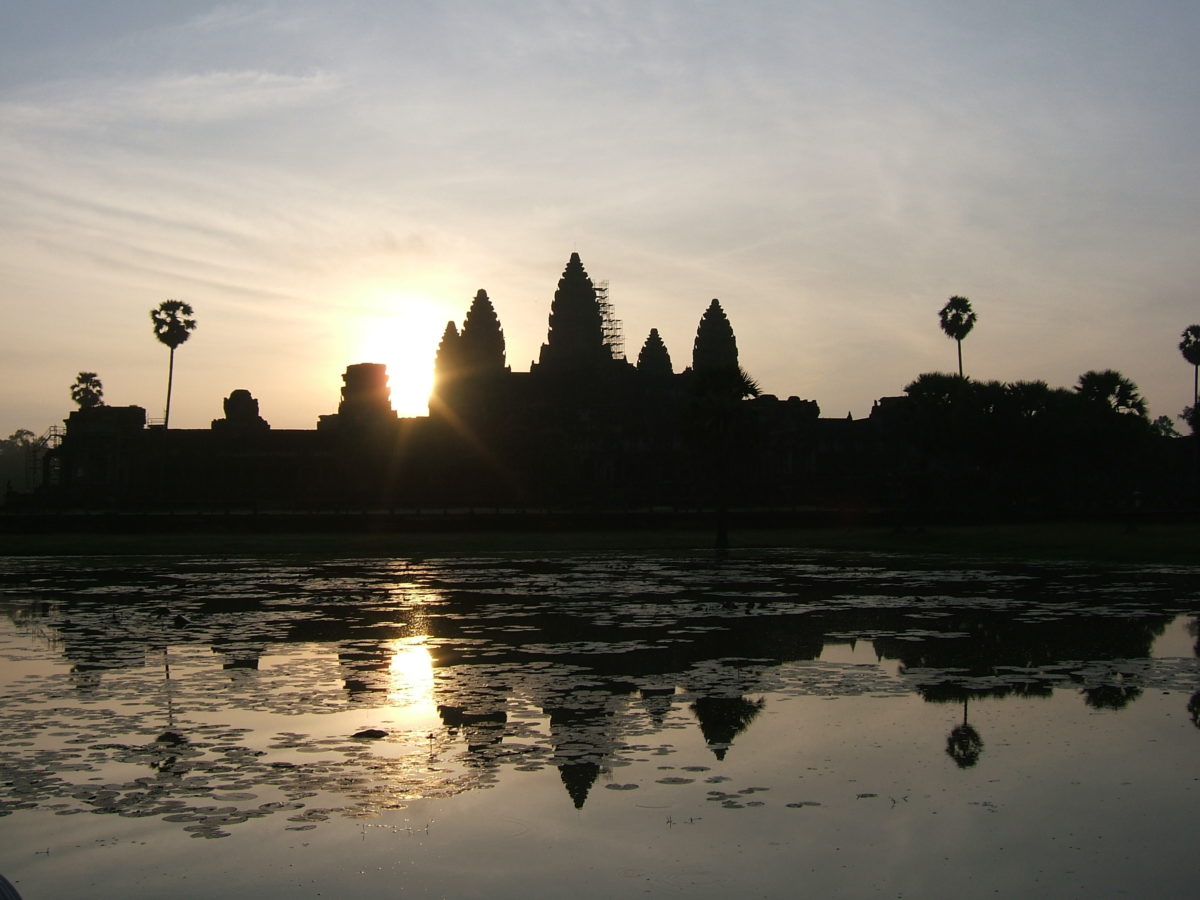The Asian Development Bank (ADB) has approved $7.64 million in loans for a 100 MW solar project in Cambodia. According to an announcement by the bank, the project will help the country diversify its energy mix and boost economic competitiveness.
Aside from the ADB funding, the project will receive an $11 million loan from the National Solar Park Project and a $3 million grant from the Strategic Climate Fund, specifically through the Scaling Up Renewable Energy Program. The Republic of Korea e-Asia and Knowledge Partnership Fund will provide a $500,000 technical assistance grant to support the capacity development of national utility Electricite du Cambodge (EDC) and of the Electricity Authority of Cambodia, in terms of solar technology and planning procedures. Preparation financing for the project was provided by Canada and Singapore.
The solar park will be built on up to 200 hectares of land and connected to the EDC network near the Phnom Penh demand center – in Kampong Speu and Kampong Chhnang provinces – through a transmission system to the GS6 grid substation.
“Having reliable, sustainable, and affordable energy sources is crucial for the economic development of a rapidly expanding country such as Cambodia,” said ADB principal climate change specialist Pradeep Tharakan. “ADB’s assistance will not only help diversify Cambodia’s energy mix through solar power development but also help the country meet its greenhouse gas emissions reductions target, as per the Paris climate agreement.”
Solar recommendation
The 100 MW National Solar Power Park project will comprise multiple plants, all of which will be tendered to independent power producers through two procurement rounds, the first allocating 60 MW of capacity. The first tender window closed on May 17 and no results have been published yet.
“ADB’s office of public-private partnership is working as a transaction advisor to assist EDC to design and conduct an open and competitive bidding process,” the development bank’s announcement added.
Almost five million Cambodians are without access to electricity as installed capacity in the nation reached 2,175 MW last year. Of that capacity 62% – 1,330 MW – was supplied by hydropower stations with fossil fuel capacity making up most of the remaining 780 MW, according to the ADB. To date, Cambodia has installed just 10 MW of solar capacity but thanks to abundant solar irradiation, the development bank has claimed 200 MW of PV could be added through 2021 without the need for grid upgrades.
In October, the United Nations Development Program (UNDP) urged the Cambodian government to use solar to drive down electricity prices which are among the highest in Southeast Asia. “The government is on the verge of committing to an expansion of its hydropower program and coal plants, and this will limit the scope for solar development and potentially lead to additional social and environmental consequences,” the UNDP said at the time.
This content is protected by copyright and may not be reused. If you want to cooperate with us and would like to reuse some of our content, please contact: editors@pv-magazine.com.




By submitting this form you agree to pv magazine using your data for the purposes of publishing your comment.
Your personal data will only be disclosed or otherwise transmitted to third parties for the purposes of spam filtering or if this is necessary for technical maintenance of the website. Any other transfer to third parties will not take place unless this is justified on the basis of applicable data protection regulations or if pv magazine is legally obliged to do so.
You may revoke this consent at any time with effect for the future, in which case your personal data will be deleted immediately. Otherwise, your data will be deleted if pv magazine has processed your request or the purpose of data storage is fulfilled.
Further information on data privacy can be found in our Data Protection Policy.